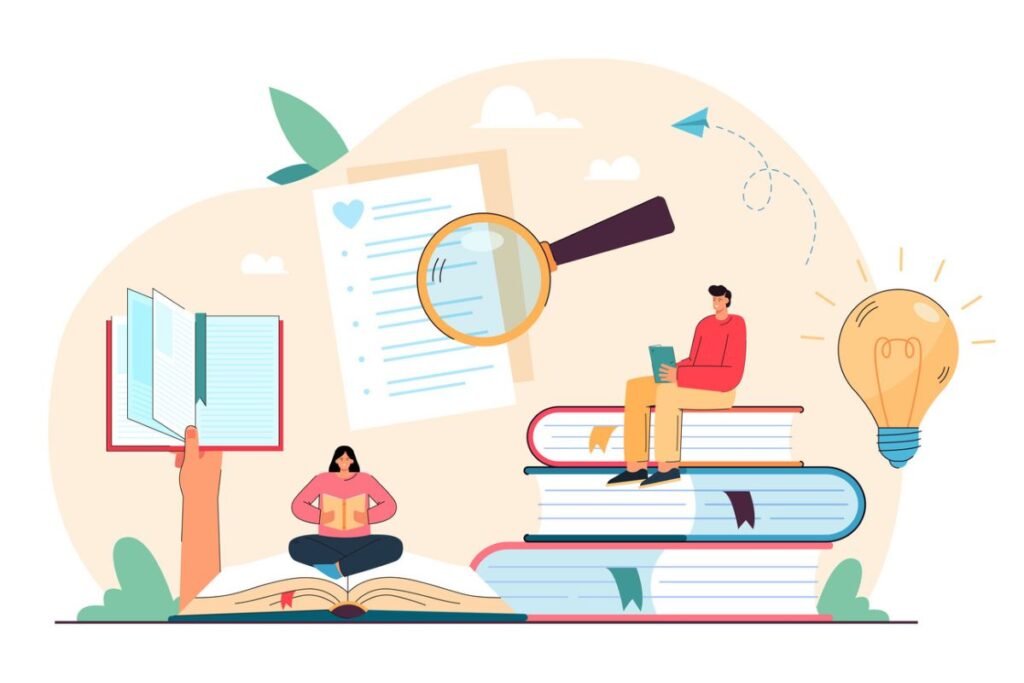Summary: Learning and Development (L&D) should go beyond compliance to create a culture of continuous, inclusive growth. It advocates for clear learning paths, accessible tools, and active manager support. By centering real employee experiences and linking learning to career development, L&D drives lasting organizational impact.
Learning and Development Beyond Compliance
When implemented well, learning and development can help participants understand so much more than just the content discussed. Training programs are often implemented to help with compliance training, which is important; however the best programs set up individuals to become lifelong learners who engage beyond the course. A good L&D team’s central mission is fundamentally about supporting, sustaining, and nurturing a climate where continuous learning becomes the norm—woven into everything the business does.
Every organization must deliver compliance training—regulatory, legal, or safety-driven programs that form the groundwork for responsible business practice. These requirements matter. They set clear standards that protect people and organizations. Still, learning is far more than just meeting the minimum. When compliance becomes the most prominent or visible aspect of L&D, it risks shrinking employee engagement down to what’s mandatory. Learning designed for true growth starts where compliance ends.
Clarifying Career Development and Learning Pathways
Many employees express a desire to grow, yet feel uncertain about where to start. Too often, people are unsure what development means in their role, how to access resources, or where the journey leads. L&D earns trust by unraveling this complexity. Map out accessible, user-friendly learning paths using visual guides, simple portals, or digital dashboards. Offer regular guidance sessions and Q&A hours, so employees feel confident about the steps involved in moving forward.
A clear, transparent roadmap sends a message: development is part of everyone’s experience, not a privilege for selecting high-potentials.
Opportunities for growth should never feel exclusive or hidden. Simple interventions make a meaningful difference:
- Create online directories with direct links to courses or resource hubs.
- Use plain language in emails or platform descriptions, eliminating jargon and ambiguity.
- Develop mobile-first learning options for those in the field or on the move.
- Host periodic “learning expos” where employees can experiment with tools and talk with learning advisors.
- Establish office hours for coaching, outreach, or just-in-time support.
The result is a more equitable learning landscape—one where all members of the organization feel invited and equipped to participate.
Equipping Managers as Learning Guides
Behavioral change is rarely the result of exposure to content alone. Real transformation is championed by managers who bridge learning and the flow of daily work. L&D should provide support to managers in practical, actionable ways:
- Supply easy-to-use coaching frameworks or checklists for regular skill check-ins.
- Offer ready-to-go discussion prompts for team meetings that link recent training to business priorities.
- Deliver concise “manager toolkits” that summarize key learning programs, outcomes, and advice on developing skill applications.
Managers who play an active role in employee development multiply the impact of every learning initiative. Their involvement signals to employees that development is valued and that time spent learning delivers real returns.
Weaving Lived Experience into Every Program
Employee experience is the touchstone of truly effective L&D. When learning content and opportunities reflect actual workplace realities—challenges, successes, and ambitions—participation increases, as does the quality of outcomes. L&D can:
- Run surveys to solicit ongoing employee feedback on development needs and content preferences.
- Invite stories or use cases from various teams to inform curriculum design.
- Build learning sprints that mirror daily tasks, challenges, or organizational goals.
By grounding content in the reality of employees’ experiences, organizations provide development that is credible, respected, and deeply relevant.
Options for learning abound, but volume can contribute to confusion if pathways and resources are not effectively introduced. You can further support employees by:
- Creating interactive onboarding journeys that showcase development tools piece by piece.
- Designing resource libraries with filtering tools so employees can search by need, skill level, or career stage.
- Appointing L&D “ambassadors” across departments to act as first points of contact when navigating choices.
The role of L&D is to deliver tools, interpret, recommend, and ensure every resource is accessible and meaningful for all.
Connecting Today’s Learning to Tomorrow’s Possibilities
Sustained learning cultures grow when employees can clearly see a path from their current roles to their future aspirations. L&D bridges this gap by outlining development journeys that emphasize both immediate and long-term benefits.
It positions learning as a tool for career advancement rather than mere job maintenance. L&D also provides teams with reflective exercises that help employees identify their goals and take meaningful steps toward achieving them. This approach transforms learning from a checklist activity into a powerful toolkit for shaping careers.
Learning is not a solo endeavor. Continuous growth flourishes when L&D, managers, and employees all collaborate. Genuine partnership means inviting participation, anticipating barriers, and continuously iterating on feedback. Organizations that commit to this approach build adaptive workforces capable of embracing change, and individuals who are excited to keep moving forward.
Conclusion
Creating a vibrant learning organization is not an accidental outcome—it is the result of consistent, open, and collaborative design. By positioning compliance as a foundational step, simplifying access, empowering managers, tailoring support to lived experience, and broadening visibility to all available resources, L&D delivers more than programs. It creates enduring value for employees, managers, and the business as a whole.

